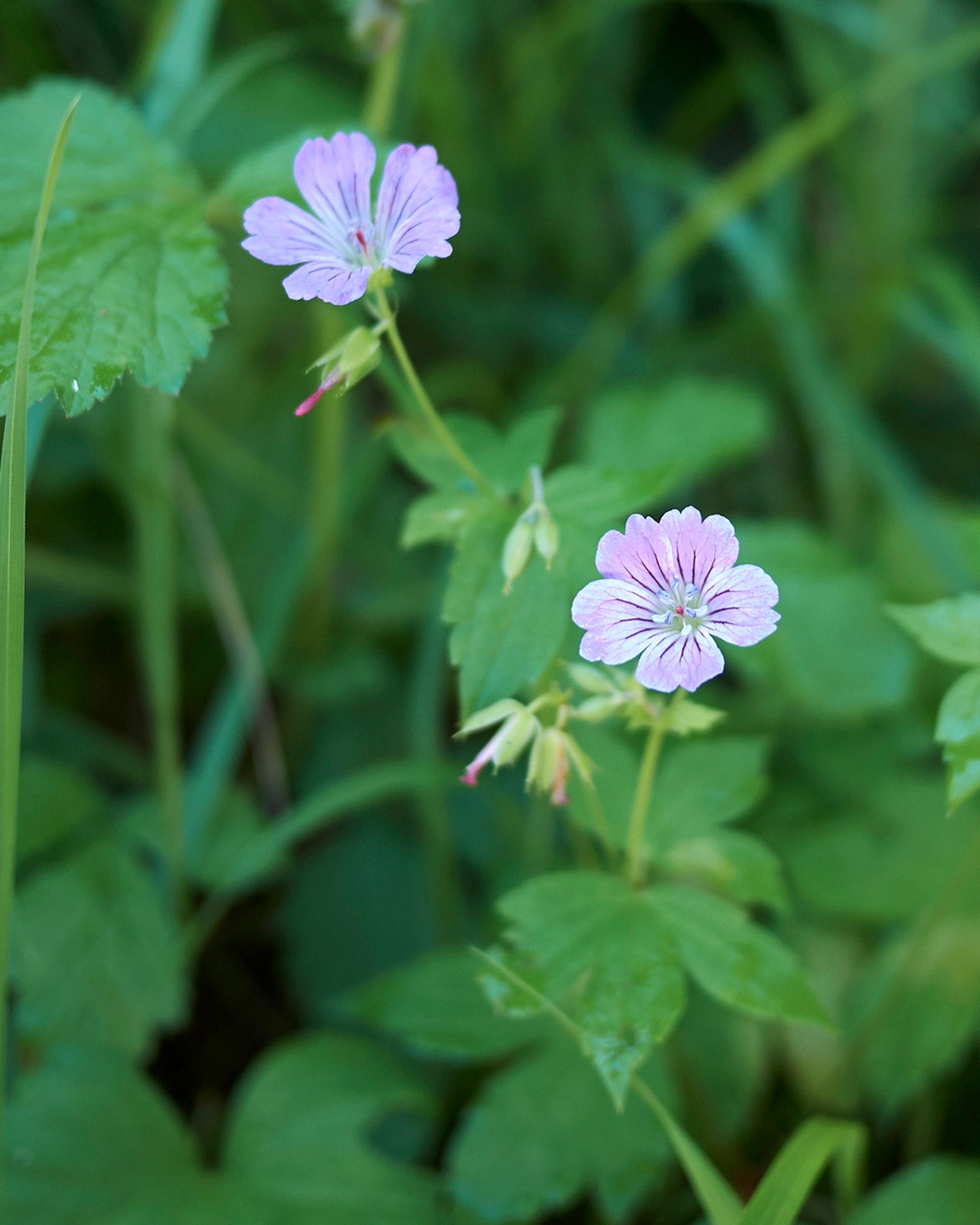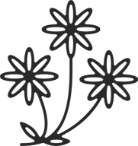

-
Why we like this plant
Geranium nodosum is perfect for tricky shaded areas, offering reliable flowering and attractive foliage with minimal care. It is an excellent choice for underplanting trees and shrubs, creating natural-looking ground cover, and attracting pollinators.
-
About this plant
Geranium nodosum is a reliable and versatile perennial, well-suited to challenging shady spots where many other plants struggle. It forms a spreading mound of glossy, lobed green foliage, which provides excellent ground cover. From late spring to autumn, it produces delicate lilac-pink flowers with deep purple veins, creating a subtle yet beautiful display. Hardy and adaptable, this geranium thrives in dry shade and works well under trees, in woodland settings, or in mixed borders. It is also deer and rabbit resistant, making it a valuable choice for wildlife-friendly gardens.
-
Key features
- Soft lilac-pink flowers with deep purple veins
- Glossy, lobed green foliage
- Thrives in shade, including dry shade
- Excellent ground cover with a spreading habit
- Attracts bees and other pollinators
-

Height and
spread -

Growth
habitSpreading, clump-forming
-

Moisture
Prefers moderate moisture but can tolerate dry conditions once established
-

Position in
the GardenShade gardens, woodland areas, underplanting shrubs, ground cover
Planting guide
- Plant in moist but well-drained soil, though it tolerates dry shade once established
- Space plants around 30-40cm apart to allow spreading
- Best planted in spring or autumn for strong establishment
Care tips
- Minimal maintenance required – simply cut back in autumn
- Divide clumps every few years to control spread
- Tolerates dry conditions but benefits from occasional watering in prolonged drought
- No need for deadheading, as it self-seeds lightly
- Mulch with organic matter in spring to boost soil health
Winter care
- Fully hardy; requires no winter protection
- Foliage may persist in mild winters or die back in colder regions
- Cut back old leaves in early spring to encourage fresh growth











